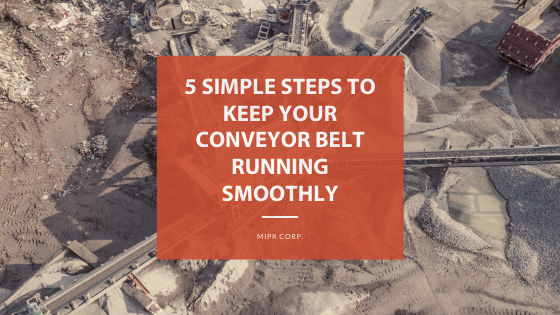Almost every industry needs to move product up or down in its journey from you to the customer. What’s important is that your product stays in place and isn’t damaged as it travels down your conveyor.
The Problem
Cleated and chevron belts allow you to convey products both large and small at an incline, but the question is, how do you know when and what type of cleated belt you might need?
The Solution
To find out, we need to consider a few factors.
- What type of product are you conveying? The belts we offer to a client conveying breakfast cereal will be very different from those conveying gravel. Your product’s size, shape, and weight will determine the cleats’ size and how far apart they are spaced. Cleats can have applications in many industries such as agriculture, food handling, mining and excavation, warehousing, and recycling.
- We will also consider the angle at which you’re conveying. Depending on your product, choosing a compound with a lot of grip for a low incline belt may be just as effective as using cleats.
- These considerations will help us design cleats with the best performance characteristics for your application. At a glance, we offer rubber, nitrile, and butyl cleats. They can be configured horizontally or longitudinally for a one-of-a-kind solution. MIPR can also adjust the shape of the cleat to match its purpose. For example, suppose you convey a product with fragile plastic packaging that could be easily punctured or torn. In that case, we can customize your cleated conveyor belt to have rounded edges for the safe transfer of product.
The Secret Sauce
When deciding whether or not a cleated belt is right for you, we want to make sure to get as much information about your operation as possible. Due to added bending, cleated belts don’t last as long as flat belts. That’s why MIPR sends each client a data-sheet reviewing information about their product and conveying needs before deciding on cleats. We want you to get the most value out of your conveyor belt system.
MIPR’s Team
We encourage you to challenge us–with 30 years of experience in this ever-changing field, the team at MIPR is prepared to generate innovative and unique designs to help keep you and your product moving, no matter the slope.
To learn more about cleated and chevron belts, visit miprcorp.com. Contact us with a request for our data sheet at 1-800-540-1846.





